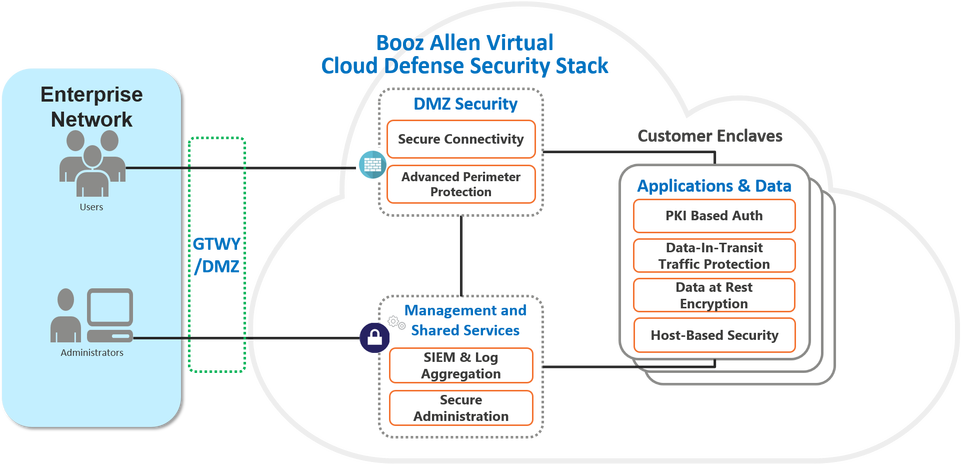

It will pay off if you spend some time analyzing how your IT and development teams will be working and collaborating, using Azure.
#Virtual pc cloud windows 10#
Operating system support is limited with Windows 365 Cloud PCs which only support Windows 10 or 11 Enterprise (single session) since they are dedicated, non-multi-user desktops. Business Cloud PCs can be updated with Windows updates, manually by the user, or by using third-party management tools.
#Virtual pc cloud manual#
Enterprise Cloud PCs can be updated via MEM or manual methods.
#Virtual pc cloud update#
The update and application delivery process in AVD is very flexible and can be fully automated. Enterprise Cloud PCs are managed via Microsoft Endpoint Manager (MEM) and via the Azure portal for all networking.Īpplications and updates, always an IT concern, are handled by MEM, or via images, for AVD. They can only be managed by the end user assigned to the desktop while logged into it. If you choose to deploy Business Cloud PCs, know that they are not integrated with Microsoft Endpoint Manager (MEM) and do not have a dedicated management portal. In a nutshell, Windows 365 is a complete SaaS service that is optimized for user experience while Azure Virtual Desktop is a cloud VDI platform optimized for flexibility and control.Īs a starting point for deciding which Azure-delivered virtual desktop approach – AVD, Windows 365 Enterprise or Windows 365 Business – is right for your business and IT operations, here are five evaluation areas to consider:ĪVD requires more sophisticated Azure management resources but can also offer maximum flexibility while Windows 365 Enterprise and Business largely replicate PC management, leveraging the same set of Microsoft tools to manage physical and virtual PCs. They can subscribe to a new Cloud PC and have it ready to use in under an hour. Business cloud PCs are designed for individual users and small businesses. There are two versions of Windows 365 Cloud PCs: Enterprise and Business.Įnterprise Cloud PCs are designed for organizations that have invested in Microsoft Endpoint Manager and are using this powerful platform to manage their existing, physical desktops.

consumption-based) and some unique capabilities that integrate it more tightly into the new Windows 11 operating system. Technically, Windows 365 is built on top of existing AVD components but has a different transactional model (fixed price vs. Under-the-hood, both AVD and Windows 365 leverage a similar set of Microsoft cloud technologies.
:no_upscale()/cdn.vox-cdn.com/uploads/chorus_image/image/66488998/Screen_Shot_2020_03_12_at_12.56.25_AM.0.png)
Coming on the heels of Azure Virtual Desktop (AVD), could Windows 365 present a better option for your customers? While both are cloud-based solutions from Microsoft there are key differences to consider when evaluating whether Windows 365 is the better choice. You may even be thinking about whether Microsoft’s Windows 365 fits into your IT strategy going forward. If you’re evaluating options to deliver desktops from the cloud, you’re probably apprised of the significant developments in end user computing and the rise of Microsoft’s Cloud PC.


 0 kommentar(er)
0 kommentar(er)
